Zing Research

How do I conduct research for an academic paper ?
This guide provides a step-by-step approach to conducting effective research for an academic paper, including determining the research question, gathering background information, finding and evaluating sources, analyzing and synthesizing information, organizing thoughts, citing sources properly, and revising and editing the paper. It emphasizes the importance of critical thinking, organizational skills, and seeking feedback throughout the process.
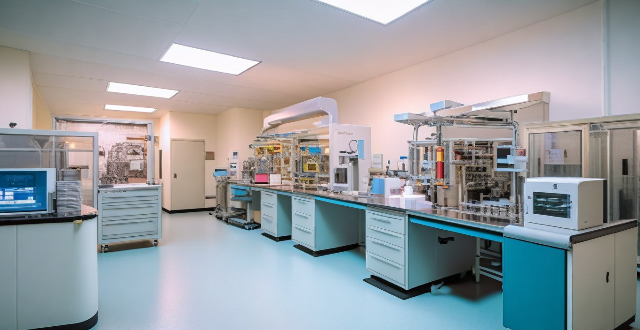
What measures should be taken to ensure compliance with biosafety policies in laboratories and research facilities ?
Ensuring biosafety compliance in laboratories and research facilities is crucial for the protection of personnel, the environment, and research subjects. Measures such as regular training sessions, competency assessments, clear policies and procedures, proper use of personal protective equipment (PPE), effective waste management, and well-developed emergency response plans should be implemented to create a safe working environment.

What are the latest developments in vaccine research and development ?
The text discusses the latest developments in vaccine research and development, including the creation of new vaccines for COVID-19, cancer, and other infectious diseases. It also highlights the challenges and opportunities facing vaccine researchers and developers, such as ensuring accessibility and affordability of vaccines and addressing concerns about vaccine safety and efficacy. The text concludes by emphasizing the importance of continued investment in vaccine research and development to improve global health outcomes.
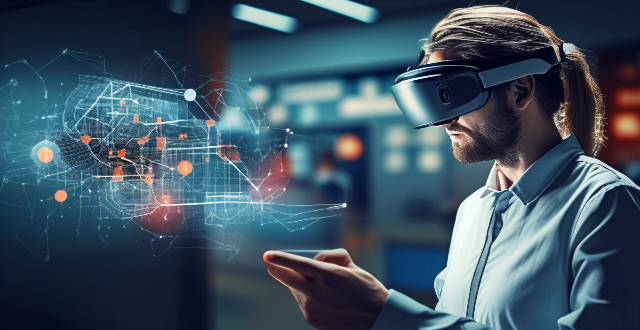
How has technology impacted sports research and development ?
Technology has significantly impacted sports research and development by introducing advanced tracking systems, virtual reality training, data analysis tools, biomechanics applications, and nutrition science advancements. These technological innovations enable athletes, coaches, and researchers to optimize performance, prevent injuries, and gain a deeper understanding of the science behind sports.

How can sports research and development help prevent injuries ?
Sports research and development can help prevent injuries by understanding injury mechanisms, developing prevention strategies, and utilizing technology and education. Biomechanics studies and epidemiological research provide insights into how forces affect the body during physical activity and identify common factors that contribute to injuries. Based on these findings, sports scientists can design training programs that target specific areas of the body, improving strength, flexibility, and endurance. Technology and equipment advancements also play a role in protecting athletes from injury. Educating coaches, athletes, and parents about proper technique and safe training practices is essential for creating a culture of safety. Overall, sports research and development are crucial for minimizing the risk of harm and promoting a safer environment for all participants.
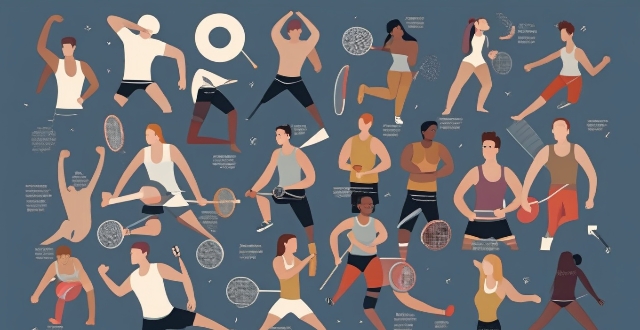
How do psychological factors influence sports performance and research ?
This document discusses the influence of psychological factors on sports performance, emphasizing the importance of motivation, confidence, concentration, resilience, and team dynamics. It highlights how these elements can enhance or hinder athletic performance and underscores the significance of research in understanding and applying psychological principles to optimize athlete mental states. The text concludes by noting the potential for ongoing research to refine our comprehension and application of psychology in sports, aiming to help athletes achieve their full potential mentally and physically.

What role does satellite communication play in space exploration and research ?
Satellite communication is crucial for space exploration and research, enabling data collection, real-time communication, navigation, and international collaboration. It will continue to play a vital role in future applications such as deep space exploration, autonomous robotics, and quantum communication.

How can we ensure biosafety in laboratories and research facilities ?
Ensuring Biosafety in Laboratories and Research Facilities: Biosafety is a critical aspect of any laboratory or research facility that deals with potentially hazardous biological materials. It involves implementing measures to prevent the exposure of personnel, the public, and the environment to these materials. Here are some ways to ensure biosafety in laboratories and research facilities: 1\. Establish clear policies and procedures, including creating a biosafety manual, providing training and education, and developing an emergency response plan. 2\. Maintain appropriate laboratory design and equipment, such as using physical barriers, ventilation systems, and decontamination areas. 3\. Practice good laboratory techniques, including using personal protective equipment (PPE), aseptic techniques, and proper waste management. 4\. Conduct risk assessments and implement controls, such as identifying potential hazards, evaluating the likelihood and severity of each identified hazard, and implementing appropriate administrative, engineering, and work practice controls. 5\. Monitor and review biosafety practices regularly, including conducting regular audits, encouraging feedback mechanisms, and continuously improving policies and procedures based on new information, technologies, or changes in the work environment.

What are the benefits of sports research and development for athletes ?
The benefits of sports research and development for athletes include optimized training programs, advanced equipment and technology, risk assessment and management, rehabilitation and recovery, mental health support, and proper nutrition and hydration. These factors contribute to improved performance, injury prevention, and overall well-being for athletes.

What are the key elements of academic writing ?
Academic writing is a form of writing that follows specific guidelines and conventions to ensure clarity, precision, and objectivity. Key elements of academic writing include a clear and concise title, an abstract summarizing the paper, an introduction setting the stage for the research, a literature review evaluating existing research, a methodology section describing the research design and procedures, a results section presenting the findings, a discussion interpreting the results, a conclusion summarizing the main points, and references listing sources. Appendices may also be included for supplementary materials.

What are some emerging trends in the field of energy storage materials research ?
The text discusses the latest trends in energy storage materials research, focusing on solid-state batteries, flow batteries, metal-air batteries, supercapacitors, redox flow batteries, hybrid energy storage systems, nanostructured materials, smart grid integration, thermal energy storage, and organic/bio-based materials. Each section provides a brief overview of the technology's advantages and current research challenges.

How can sports research and development contribute to overall health and wellness ?
The article explores how sports research and development (R&D) contribute to various dimensions of health and wellness. It discusses the improvements in physical health, such as enhanced fitness levels, weight management, and injury prevention, that can be achieved through sports R&D. Additionally, it highlights the mental health benefits, including stress reduction and cognitive function enhancement, that can result from engaging in sports activities. Finally, the article emphasizes the social well-being aspects, such as teamwork, social skills, cultural exchange, and community building, that sports R&D can promote. Overall, the article concludes that sports R&D plays an integral role in creating healthier societies and supports active and fulfilling lives for people worldwide.

What steps should women take to research the safety of a destination before traveling ?
The provided text offers a comprehensive guide for women to research the safety of a destination before traveling. The steps include online research such as checking government travel advisories and joining travel forums, seeking professional advice from travel agents and security experts, planning ahead by making copies of important documents and informing someone about your itinerary, packing smart with items like personal alarms and door stop alarms, being prepared on the ground by dressing appropriately and learning basic phrases in the local language, and trusting your instincts to avoid potentially dangerous situations. By following these steps, women can enhance their safety while traveling and be better informed about potential risks.

How can cultural exchange help to preserve endangered languages and traditions ?
Cultural exchange is vital for preserving endangered languages and traditions by promoting education, community building, research, economic opportunities, policy advocacy, and technology. It raises global awareness, establishes international networks, advances academic research, attracts tourism, influences policymakers, and utilizes digital tools for preservation.

How can citizens participate in environmental monitoring initiatives ?
The text provides a detailed guide on how citizens can actively participate in environmental monitoring initiatives. It suggests joining local conservation groups, volunteering for citizen science projects, utilizing technology, educating and spreading awareness, advocating for policy changes, and collaborating with universities and research institutions as effective ways to contribute. These activities not only aid scientific research but also promote community involvement and responsibility towards the environment.

How do I invest in second-hand luxury goods ?
Investing in second-hand luxury goods requires careful consideration and research. Here are some steps to help you get started: 1. Determine your investment goals. 2. Research the market. 3. Choose the right platform. 4. Inspect the items carefully. 5. Negotiate the price. 6. Maintain the items properly.

How can I find the best holiday gifts within a specific budget ?
Finding the best holiday gifts within a specific budget can be challenging, but with careful planning and research, it is possible. Set your budget, make a list of people to buy for, research gift ideas, compare prices, consider alternatives to traditional gifts, start early, and use credit card rewards to find great gifts that won't break the bank.
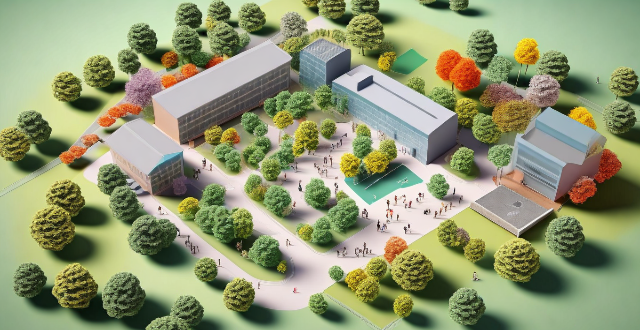
How can universities contribute to climate change research and education ?
Universities contribute to climate change research and education through various initiatives. They establish research centers for interdisciplinary collaboration on climate modeling, renewable energy, and sustainability science. Funding from multiple sources supports these ambitious projects. In education, universities integrate climate change into the curriculum, engage in public outreach, and encourage student involvement. Sustainable campus operations demonstrate commitment and provide real-world examples. Universities also influence policy and engage in international collaborations to address the global nature of climate change. Overall, universities play a crucial role in advancing understanding and solutions for climate change.
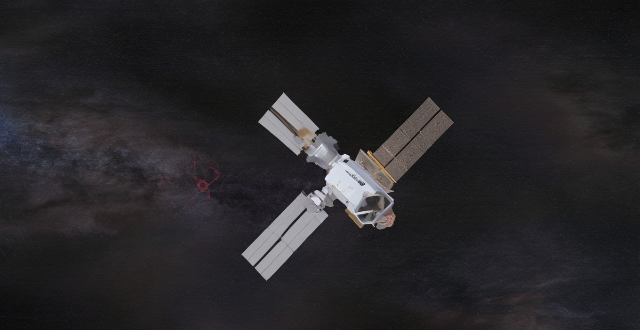
Which space agencies are leading the way in interstellar exploration research ?
The top space agencies leading the way in interstellar exploration research include NASA, ESA, JAXA, and Roscosmos. These agencies have made significant contributions to our understanding of celestial bodies beyond our solar system through various missions and technologies.

How would a lunar base impact space exploration and research ?
**Impact of a Lunar Base on Space Exploration and Research** - **Advancements in Space Technology:** A lunar base would necessitate the development of advanced propulsion systems, life support systems, high-frequency communication systems, and precise navigational tools. - **Expansion of Scientific Knowledge:** The establishment could provide insights into lunar geology, resource identification, astrophysical observations through telescope installations, and monitoring of the solar system. - **Human Spaceflight Capabilities:** Long-term stays on the Moon would allow astronauts to adapt to low-gravity environments and conduct medical research, while also requiring specialized training programs and psychological preparation. - **International Collaboration and Policy Development:** A lunar base would encourage global partnerships, shared resources, and prompt the development of new space laws and ethical guidelines.
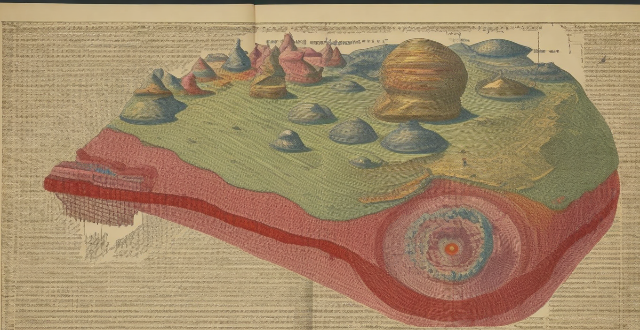
How can citizen science contribute to biodiversity research and conservation ?
This article explores the role of citizen science in enhancing biodiversity research and conservation efforts. It highlights how involving the general public in scientific projects can boost data collection, raise environmental awareness, and support conservation initiatives. The article also provides examples of successful citizen science projects that have contributed significantly to understanding and protecting biodiversity.

What role does nutrition play in sports research and development ?
Nutrition is crucial for athletes' performance, recovery, and overall health. It impacts energy production, recovery and repair, hydration, and more. Researchers study the effects of ergogenic aids, supplements, and nutritional strategies to optimize sports performance. Athletes need to consume the right nutrients to fuel their bodies for peak performance.

What is the significance of climate adaptation research and data collection ?
Climate adaptation research and data collection are crucial for understanding the impacts of climate change, developing effective strategies to mitigate these impacts, and ensuring the sustainability of our planet. They help identify vulnerabilities, assess risks, inform policy decisions, enhance resilience, integrate climate considerations into planning, and promote sustainable practices. By investing in these efforts, we can better prepare for the challenges posed by climate change and ensure a more sustainable future.

What are some emerging fields in sports research and development ?
The text discusses the emerging fields in sports research and development, highlighting five main areas: wearable technology and data analytics, virtual reality and augmented reality training, sports psychology and mental health support, nutrition science and gastrointestinal health, and biomechanics and injury prevention. Each section provides a brief overview of the field's benefits and potential impact on improving athletic performance, preventing injuries, and promoting overall well-being.

What are the latest trends in sports research and development ?
The latest trends in sports research and development include wearable technology for real-time monitoring, data analytics for performance evaluation, genetic testing for personalized training, VR and AR for skill development, recovery technologies like cryotherapy, and nutritional advances. These advancements focus on enhancing athletic performance while emphasizing athlete health and well-being.

What is the importance of biomechanics in sports research and development ?
Biomechanics is crucial in sports research and development. It involves the study of body movement and its interaction with external forces. By understanding biomechanics, athletes can improve performance, reduce injury risk, and enhance athletic ability. Biomechanics helps identify areas for improvement, prevent injuries, and develop better coordination and control. Overall, it's essential for athletes to reach their full potential.
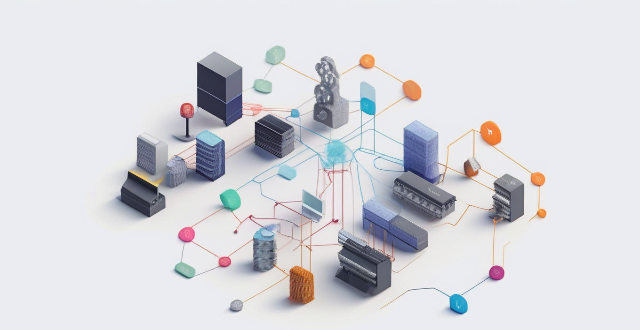
How does the research on graphene affect battery performance and lifespan ?
Graphene research has a significant impact on battery performance and lifespan by improving electrical conductivity, mechanical strength, and thermal conductivity. Increased charge carrier mobility and enhanced electrode performance lead to better power output and faster charging times. Improved cyclability and reduced shrinkage/expansion contribute to longer battery lifespan. Effective heat dissipation and enhanced safety are also benefits of graphene's high thermal conductivity. Overall, graphene is a promising material for advancing battery technology.
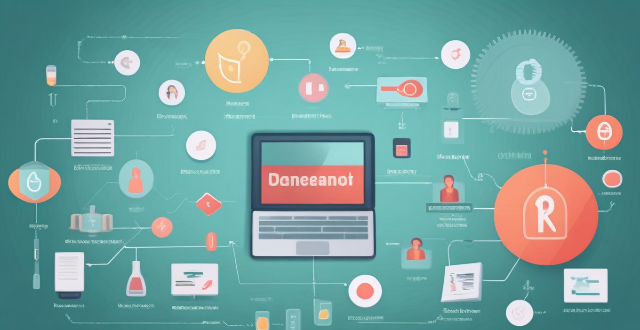
How can blockchain technology revolutionize the healthcare sector ?
Blockchain technology has the potential to revolutionize the healthcare sector by addressing key challenges such as data privacy, security, interoperability, and efficiency. Key features of blockchain include decentralization, transparency, immutability, and security. Applications of blockchain in healthcare include electronic health records management, drug supply chain management, clinical trials and research, health insurance claims processing, and telemedicine and remote monitoring. As more healthcare organizations adopt blockchain, we can expect significant improvements in patient care, research, and overall healthcare delivery.
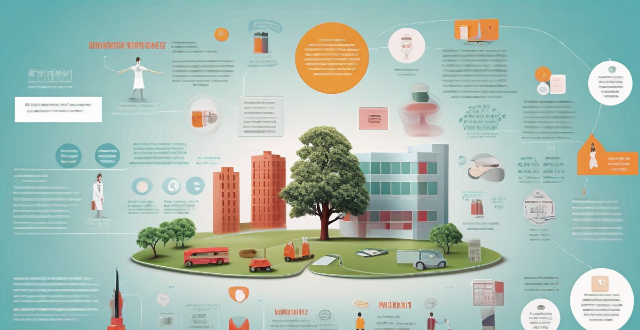
What is the importance of research and development in improving global health security ?
Research and development (R&D) play a vital role in advancing global health security by improving disease detection, prevention, control measures, strengthening health systems, driving innovation, addressing antimicrobial resistance, preparing for future pandemics, and promoting equity and accessibility. R&D leads to the development of advanced surveillance systems, diagnostic tools, vaccines, medications, public health interventions, health infrastructure, technology, capacity building, cross-disciplinary approaches, open science, economic growth, sustainable development, novel antimicrobials, stewardship programs, risk assessment, pan-sectoral approaches, universal health coverage, and global health initiatives.

How can I learn about the indigenous cultures of South America ?
Learning about the indigenous cultures of South America can be an enriching experience that helps us appreciate diversity. To do so, one can research online by reading books, articles, and watching videos on these cultures. Travelling to regions known for their rich indigenous heritage and attending cultural events also provide immersive experiences. Supporting indigenous artisans and connecting with organizations working on related projects further enhances understanding. Overall, a combination of research, travel, community engagement, and support for initiatives is key to preserving and appreciating South American indigenous cultures.